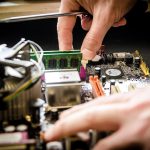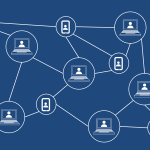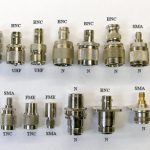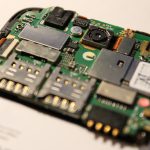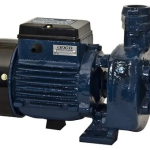
Introduction
Recently, IoT products have gained significant importance due to their robust and transformative potential in various industries and everyday life. The IoT development involves a systematic process and stages ensuring connected devices’ successful creation and deployment. Security, scalability, and interoperability considerations are critical to creating a robust and successful IoT product throughout its life cycle. The updated and crucial steps in IoT product development help ensure the product meets user needs, functions reliably, and delivers the intended benefits to businesses and individuals. This article explains the IoT product development life cycle in various key stages, highlighting its importance.
What is an IoT Product Development Life Cycle? The Importance
The IoT Product Development Life Cycle–PDLC refers to the process followed by companies or individuals to develop and launch IoT products from concept to effect in the market.
Understanding the IoT product development life cycle is crucial for IoT products’ efficient, high-quality development. It ensures the product is well-designed, thoroughly tested, and meets customer requirements while considering scalability and risk mitigation. Additionally, the product’s entire development planning and successful development approaches can save money, time, and human resources.
Key Stages/Steps Involved in IoT Product Development Life Cycle
Stage 1: Idea Generation – Everything begins with a concept/idea–the first and foremost stage of IoT product development. It involves brainstorming and identifying opportunities for IoT solutions–addressing specific needs or problems. Ideation requires a deep understanding of the target market, customer pain points, and emerging technology trends. Companies may conduct market research, analyse competitors, and engage with potential customers to gather valuable insights for innovative ideation.
Stage 2: Feasibility Analysis – Once an idea is generated, a feasibility analysis is conducted to refine the ideas and determine the viability and potential success of the IoT product. This stage involves evaluating technical feasibility and defining the product’s purpose, features, market demand, cost implications, and potential risks. The analysis helps ensure the idea aligns with the company’s goals, resources, and capabilities.
Stage 3: IoT Product Requirements Gathering – Requirements gathering involves defining the functional and non-functional requirements of the IoT product. It consists in engaging with stakeholders and customers to understand their needs and expectations. This stage focuses on documenting the IoT solution’s desired features, performance criteria, security requirements, and integration capabilities.
Stage 4: Design and Architecture – In this stage, the design and architecture of the IoT product are developed. It includes creating a high-level system architecture, defining the hardware and software components, and establishing the communication protocols for device connectivity. The design phase also considers various aspects associated with product design and architecture, such as scalability, reliability, and security. They are carried out to ensure the IoT solution can handle many devices and data.
Stage 5: Prototype Development – After the design is finalised, the IoT product prototype is developed, which helps validate the design and gather feedback from stakeholders for further improvements. This involves creating a working model that demonstrates the key features and functionalities of the solution.
Stage 6: Testing and Quality Assurance – Testing and quality assurance are pivotal in ensuring the reliability and performance of the IoT product. This stage involves various types of testing, including functional, compatibility, security, and performance. Testing effectively identifies and fixes defects, vulnerabilities, or performance issues before product marketing.
Stage 7: Manufacturing and Deployment/Launching – Once the IoT product has passed the testing phase, it is ready for production and deployment. This stage involves manufacturing the physical devices, developing the necessary software infrastructure, and setting up the required network connectivity. The manufactured IoT product is successfully deployed in the target environment, which could be a consumer’s home, an industrial setting, or other relevant locations.
Stage 8: Monitoring and Maintenance – After the IoT product is deployed, it enters the monitoring and maintenance phase. This stage involves continuously monitoring the deployed devices’ performance, security, and user experience. Companies may use analytics and remote monitoring tools to track performance metrics and identify any issues or improvements needed. Regular maintenance and software updates ensure the product remains secure, up-to-date, and aligned with evolving customer needs.
Stage 9: Cycle End-of-Life – Eventually, the IoT product reaches the end of its life cycle. This stage involves discontinuing the product, managing necessary development recalls, and responsibly handling the device disposals or recycling.
The Bottom Lines
The IoT product development life cycle encompasses several stages for creating and launching successful connected devices. From idea generation to the product’s end-life cycle, these systematic approaches ensure IoT products meet customer requirements and perform reliably–delivering value to potential users. Following these simple stages, companies can increase their chances of creating innovative and competitive IoT solutions. Ultimately, bespoke IoT product development approaches can drive business growth and enhance customer experiences.







